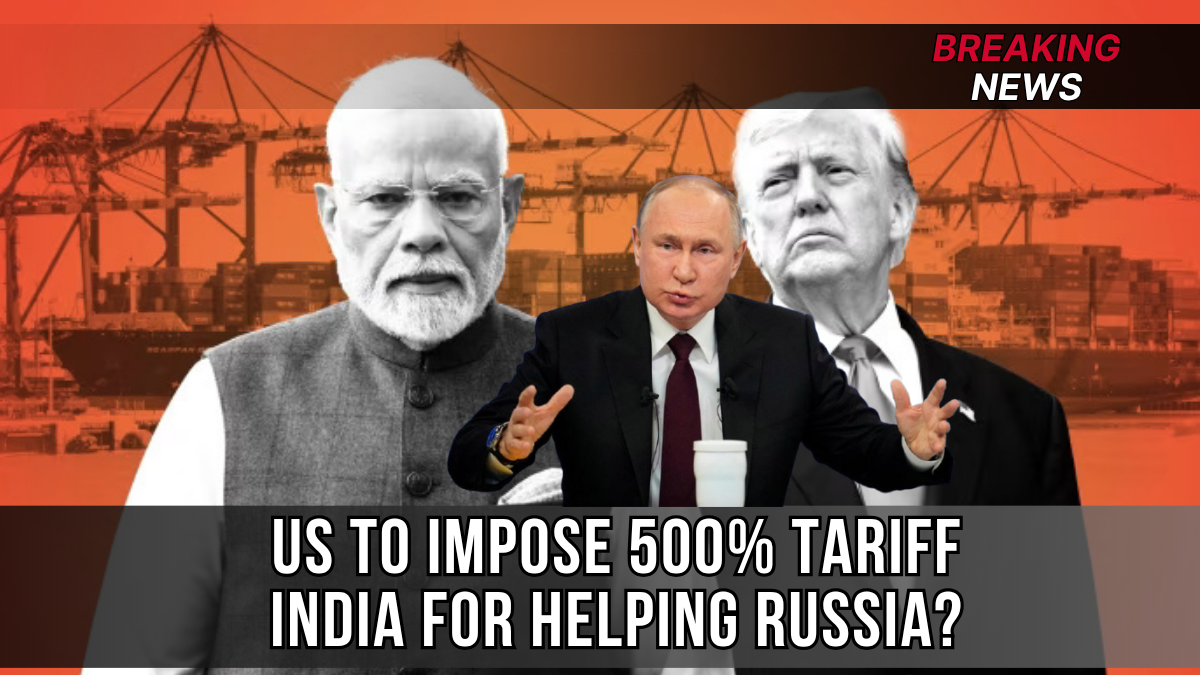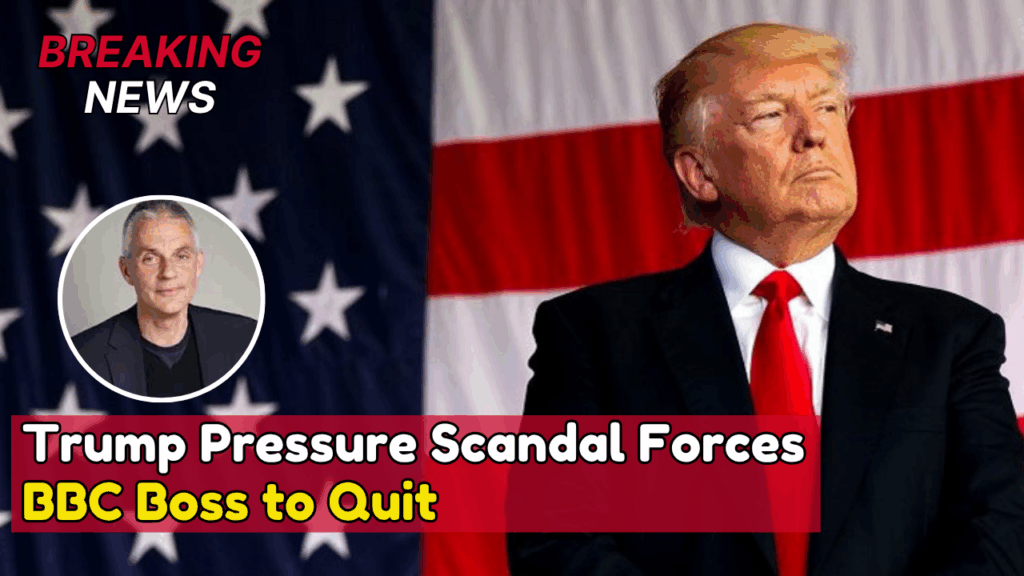India’s crude oil landscape has transformed dramatically since the onset of the Russia-Ukraine war in February 2022. From importing just 0.2% of its crude oil from Russia, India now counts Moscow as its largest oil supplier, overtaking traditional sources such as Iraq and Saudi Arabia. This realignment reflects a mix of economic pragmatism, energy security, and geopolitical maneuvering—all intensified by US political pressures and global market volatility.

This article explores India’s motivations, the economic and strategic gains from Russian oil, the Trump administration’s response, and the broader implications for global diplomacy and energy stability.
Summary Table

Key Point |
Details |
|---|---|
Topic |
India’s oil imports from Russia and US geopolitical response |
Pre-War Russian Oil Share |
0.2% of India’s crude oil imports before 2022 |
Post-War Share (2023 peak) |
Over 40% of India’s imports; peaked at 2.15 million bpd |
Cost Saving for India |
Estimated $13 billion saved due to discounts in 2 financial years |
Trump’s Tariff Announcement |
25% import tariff + penalty for continued Russian oil trade |
India’s Energy Dependence |
Imports 85% of its crude oil; daily usage at 5.2 million barrels |
Russia’s Discount Strategy |
Initially $40 below Brent; now reduced to $5 less than Iraqi crude |
Official Site for Oil Trade Data |
Before the War: Russia’s Minor Role in Indian Energy
Prior to February 2022, Russia had a negligible footprint in India’s oil market, contributing less than 0.2% of imports. India traditionally relied on Middle Eastern nations, particularly Iraq, Saudi Arabia, and the UAE, for the majority of its oil needs.
However, the outbreak of war and Western sanctions against Russia opened new opportunities for India to secure cheaper fuel while maintaining diplomatic non-alignment.
Post-2022: Russian Oil Surges to the Top
Following sanctions imposed by the US, EU, and allies—including the G7-EU-Australia $60 price cap on Russian crude—Moscow looked eastward to continue its oil exports.
- By May 2023, India imported 2.15 million barrels per day (bpd) from Russia.
- This figure constituted over 40% of India’s total crude imports.
- July 2024 saw Russia maintaining a dominant share at over 2 million bpd, followed by:
- Iraq at 20%
- Saudi Arabia at 11%
- USA at just 4%
As of mid-2025, Russia continues to supply 1.75 to 1.78 million bpd, outpacing all others.
The Discount That Changed Everything
India capitalized on the discounted Russian crude, often priced at $30 to $40 below Brent benchmark prices. Though the gap has narrowed:
- In Jan–Sept 2023, India paid $525.60/metric ton for Russian crude.
- This translated to $5/barrel cheaper than Iraqi oil.
- According to ICRA, India saved nearly $13 billion across FY 2022–23 and FY 2023–24.
This made Russian oil not just affordable, but strategically essential in controlling inflation and keeping domestic fuel prices stable.
Trump’s Tariff Tantrum: A New Challenge
Former US President Donald Trump, currently campaigning for re-election, criticized India’s energy ties with Russia. In a sharp warning:
“India will therefore be paying a tariff of 25%, plus a penalty,”
Trump claimed that India, along with China, was funding Russia’s war effort by continuing to import its oil. He hinted at:
- Tariffs on Indian exports to the US
- Sanctions on nations buying Russian crude
- A 50-day deadline for Russia to end the war or face further economic isolation
These developments have intensified diplomatic tension between New Delhi and Washington.
India’s Justification: Energy Security First
India’s energy needs remain massive:
- Consumes 5.2 million barrels/day
- Imports 85% of total crude requirement
- Domestic oil production has stagnated despite discoveries like Bombay High
Minister Hardeep Singh Puri has defended India’s oil policy, stating:
“Had India not bought Russian oil, prices would have gone through the roof.”
India insists its purchases helped stabilize global energy markets, benefiting not just its citizens but also developing economies worldwide.
Legacy of Indo-Russian Cooperation
India and Russia share a long history of strategic partnership:
- During the Cold War, India received arms, nuclear support, and diplomatic backing from the USSR.
- Even today, 70% of India’s Navy and Air Force equipment is Russian-origin.
- Major Indo-Russian joint ventures include BrahMos missile systems and nuclear reactors at Kudankulam.
This longstanding partnership has extended into the energy sector, reinforcing trust between both governments.
Commerce Ministry Data: Massive Import Bill
According to the Ministry of Commerce, India’s oil trade with Russia ballooned:
- FY 2021–22: Under $2.5 billion
- FY 2022–23: Over $31 billion
- FY 2023–24: Above $140 billion
While this raised fiscal concerns, policymakers argue that net savings due to discounts and inflation control far outweighed short-term costs.
Official Stand and Future Outlook
India continues to emphasize strategic autonomy in foreign policy and energy procurement. The country has:
- Not signed any sanctions enforcement mechanisms against Russia.
- Maintained regular dialogue with both the West and Moscow.
- Signaled willingness to reduce Russian imports only if viable alternatives emerge.
With global instability, oil price fluctuations, and domestic demand rising, India’s dependence on affordable and accessible energy will remain central to its diplomacy.
Frequently Asked Questions (FAQs)
1. Why is India buying oil from Russia despite global sanctions?
India prioritizes energy security and affordability. Russian oil comes at discounted rates, helping control inflation and stabilize domestic fuel prices.
2. How much Russian oil is India importing in 2025?
India currently imports around 1.75 to 1.78 million barrels per day from Russia, making it the country’s largest oil supplier.
3. Did India face US sanctions for buying Russian oil?
So far, no official sanctions have been imposed. However, former President Trump has threatened tariffs and penalties as part of his campaign rhetoric.
4. What has India saved by buying Russian oil?
India is estimated to have saved $13 billion across two financial years through discounted crude imports from Russia.
5. Where can I find official data on India’s oil imports?
You can refer to the Ministry of Petroleum and Natural Gas for official figures and policy updates.
Conclusion: A Tightrope Walk Between Economics and Diplomacy
India’s oil strategy in 2025 represents a balancing act—economic pragmatism meeting global politics. By embracing discounted Russian oil while avoiding overt support for Moscow, India has safeguarded its energy needs and managed diplomatic pressure with skill. But with Trump’s rhetoric, EU sanctions, and rising global tensions, the crude politics of oil may become even more complex in the years ahead.
For More Information Click HERE











